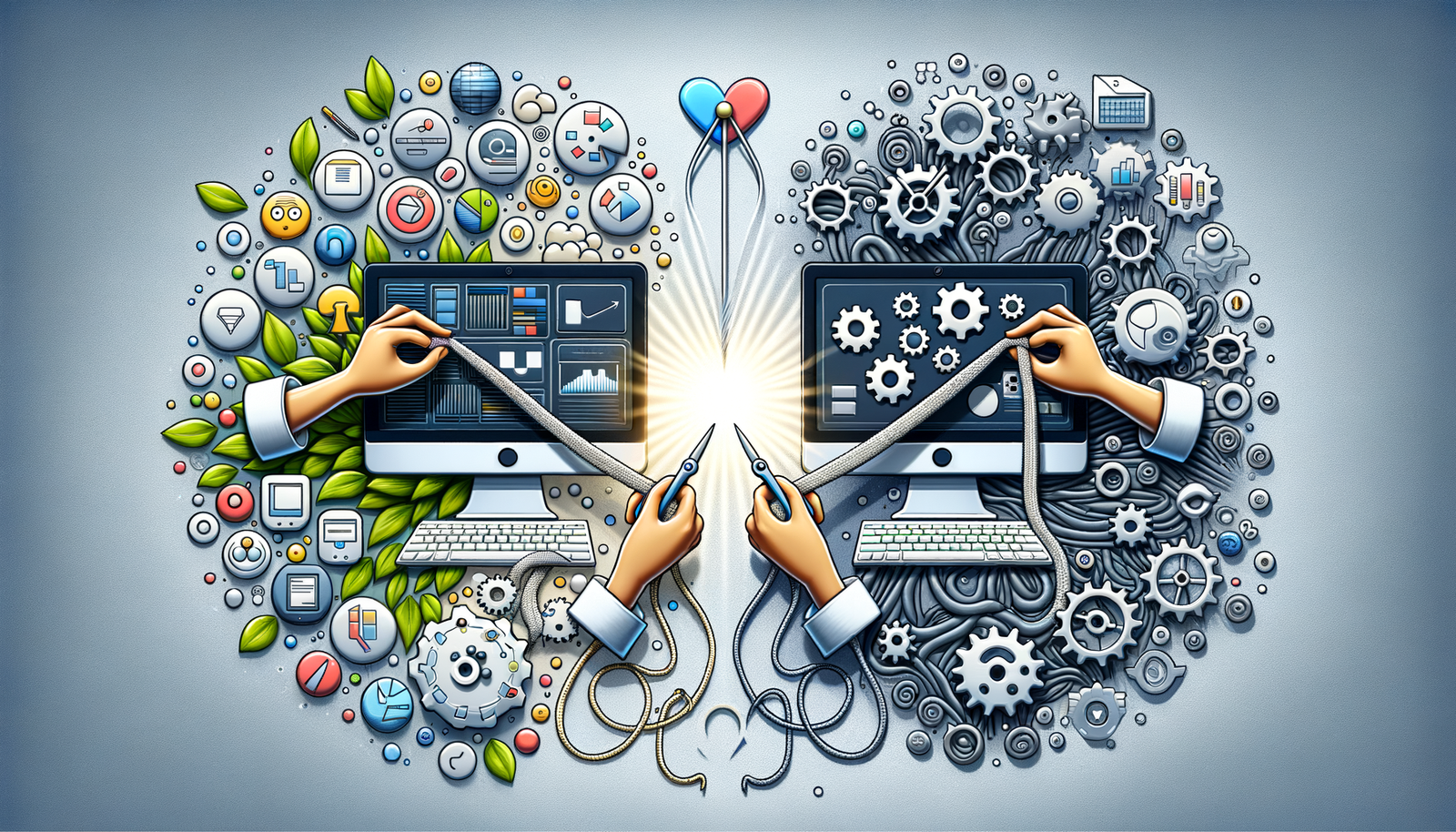Your Cart is Empty
Customer Testimonials
-
"Great customer service. The folks at Novedge were super helpful in navigating a somewhat complicated order including software upgrades and serial numbers in various stages of inactivity. They were friendly and helpful throughout the process.."
Ruben Ruckmark
"Quick & very helpful. We have been using Novedge for years and are very happy with their quick service when we need to make a purchase and excellent support resolving any issues."
Will Woodson
"Scott is the best. He reminds me about subscriptions dates, guides me in the correct direction for updates. He always responds promptly to me. He is literally the reason I continue to work with Novedge and will do so in the future."
Edward Mchugh
"Calvin Lok is “the man”. After my purchase of Sketchup 2021, he called me and provided step-by-step instructions to ease me through difficulties I was having with the setup of my new software."
Mike Borzage
Evolving Design Collaboration: Navigating the Shift to Remote Work with Advanced Software Tools
July 17, 2024 2 min read


Introduction to Remote Collaboration in Design
The necessity for remote collaboration tools has never been more critical in the current work environments. With the shift towards remote work, the design industry has faced new challenges and opportunities. The evolution from traditional in-person collaboration to digital interfaces has marked a pivotal change in how design teams collaborate, innovate, and bring ideas to life. This shift has underscored the pivotal role of software in facilitating seamless remote collaboration among design teams, enabling them to work together efficiently, regardless of their physical locations.
Key Features of Effective Design Collaboration Software
The landscape of design collaboration software is vast, but certain features stand out for their ability to enhance productivity and teamwork.
-
Real-time collaboration capabilities are crucial for maintaining the flow of ideas and ensuring that team members are on the same page. This includes:
- Shared canvases
- Synchronous editing
- Communication tools integrated within design software, such as chat functions and video conferencing, enable teams to discuss and iterate on projects without the need for external communication tools.
- Version control and history tracking are essential for managing changes and updates, allowing teams to navigate through previous iterations of a design easily.
- Access control and security features protect intellectual property and ensure that only authorized personnel can view or edit specific projects.
Case Studies: Successful Remote Design Projects
Illustrating the effectiveness of remote collaboration tools, several real-world projects have showcased how digital solutions can overcome traditional barriers. These projects encountered numerous challenges, such as coordinating across different time zones, ensuring consistency in design elements, and facilitating effective communication among team members. Through the use of sophisticated design collaboration software, these issues were addressed, allowing for the successful completion of projects. The outcomes of these endeavors highlight the importance of selecting the right tools and establishing clear protocols for remote collaboration.
Future Trends and Advances in Remote Design Collaboration Software
The future of remote collaboration in design is poised for exciting developments. As technology continues to evolve, so too will the tools and platforms that enable designers to work together from afar. Key predictions and emerging technologies include:
- The integration of Augmented Reality (AR) and Virtual Reality (VR), which could revolutionize the way designers interact with their creations and with each other, offering a more immersive collaboration experience.
- AI-powered design assistance that could streamline the design process by automating routine tasks and offering intelligent suggestions, thereby enhancing creativity and efficiency.
In conclusion, the importance of adapting to and adopting new technologies for successful remote collaboration in the design industry cannot be overstated. As we look to the future, the continued innovation in collaboration software will undoubtedly play a crucial role in shaping the next generation of design processes and outcomes.
Also in Design News

Integrating Design Software and ERP Systems for Operational Excellence
May 07, 2025 8 min read
Read MoreSubscribe
Sign up to get the latest on sales, new releases and more …




